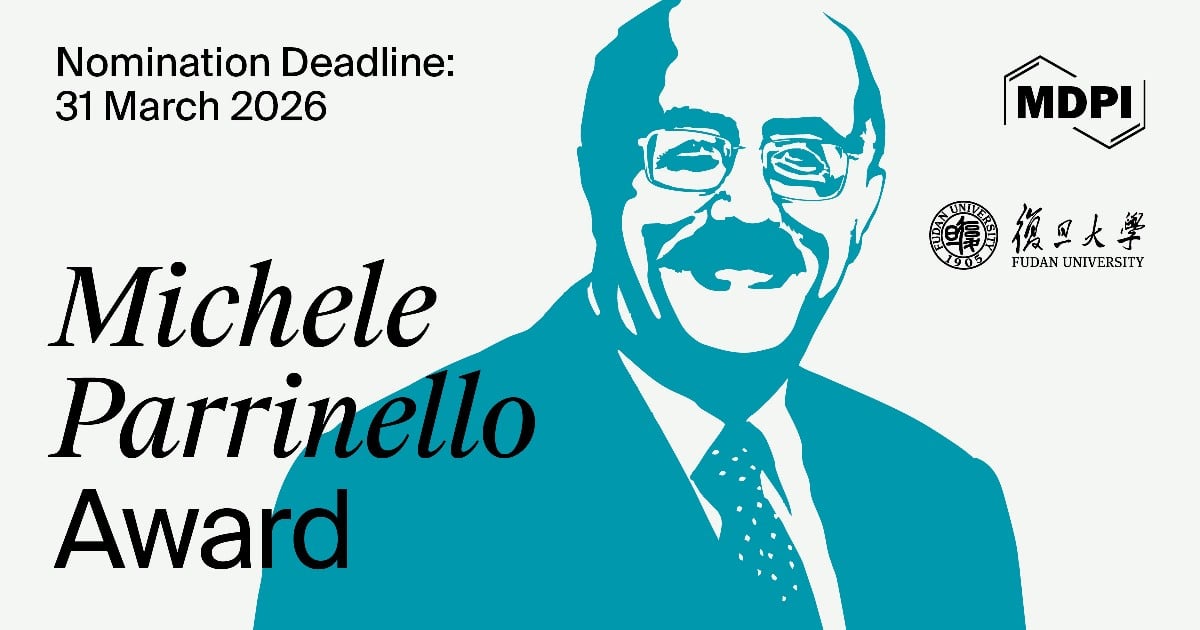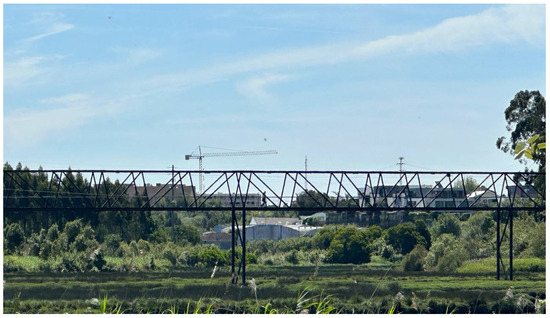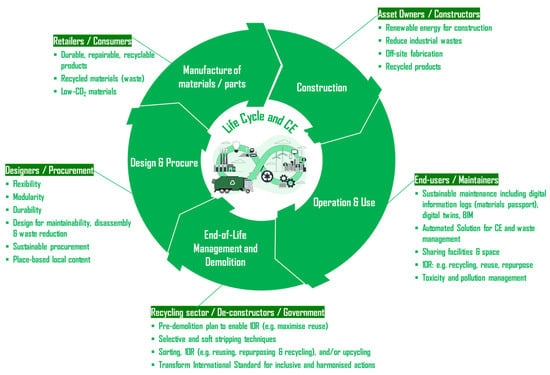-
 Hydration Heat Effect and Temperature Control Measures of Long-Span U-Shaped Aqueducts
Hydration Heat Effect and Temperature Control Measures of Long-Span U-Shaped Aqueducts -
 Experimental Analysis of Steel–Concrete Bond Strength Under Varying Material and Geometric Parameters
Experimental Analysis of Steel–Concrete Bond Strength Under Varying Material and Geometric Parameters -
 Mechanical Properties and Microstructure of High-Performance Cold Mix Asphalt Modified with Portland Cement
Mechanical Properties and Microstructure of High-Performance Cold Mix Asphalt Modified with Portland Cement -
 Mechanical and Performance Characteristics of Warm Mix Asphalt Modified with Phase Change Materials and Recycled Cigarette Filters
Mechanical and Performance Characteristics of Warm Mix Asphalt Modified with Phase Change Materials and Recycled Cigarette Filters
Journal Description
CivilEng
- Open Access— free for readers, with article processing charges (APC) paid by authors or their institutions.
- High Visibility: indexed within Scopus, ESCI (Web of Science), Ei Compendex and other databases.
- Rapid Publication: manuscripts are peer-reviewed and a first decision is provided to authors approximately 27 days after submission; acceptance to publication is undertaken in 3.7 days (median values for papers published in this journal in the first half of 2025).
- Journal Rank: CiteScore - Q2 (Safety, Risk, Reliability and Quality)
- Recognition of Reviewers: APC discount vouchers, optional signed peer review, and reviewer names published annually in the journal.
- Journal Cluster of Civil Engineering and Built Environment: Architecture, Buildings, CivilEng, Construction Materials, Infrastructures, Intelligent Infrastructure and Construction, NDT and Vibration.
Latest Articles
E-Mail Alert
News
MDPI Launches the Michele Parrinello Award for Pioneering Contributions in Computational Physical Science

Topics
Deadline: 20 December 2025
Deadline: 31 December 2025
Deadline: 20 February 2026
Deadline: 20 March 2026
Conferences
Special Issues
Deadline: 31 December 2025
Deadline: 31 December 2025
Deadline: 31 December 2025
Deadline: 31 March 2026





























